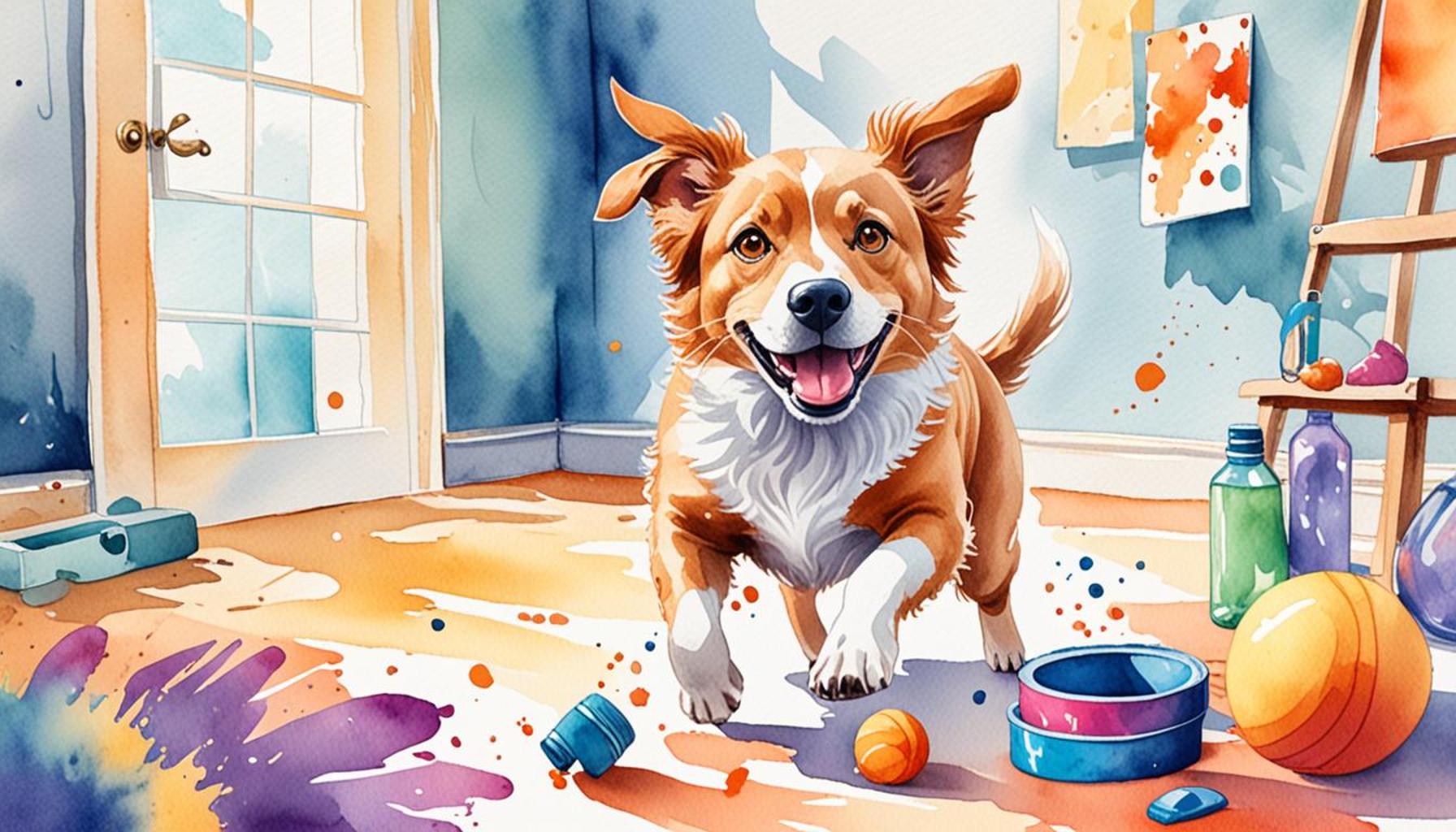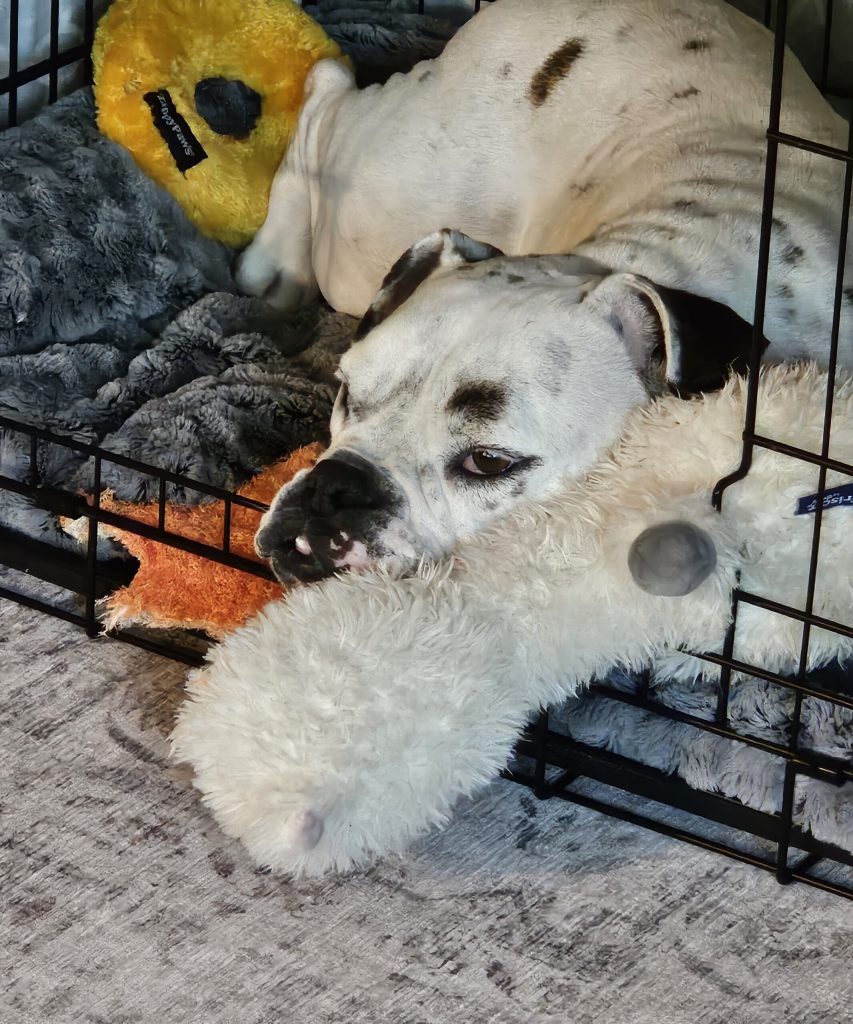How to Use Agility Training to Enhance Your Pet’s Physical and Mental Health

Discover the Benefits of Agility Training for Your Pet
Agility training isn’t just for show dogs; it’s an exciting way to enhance your pet’s physical and mental health. This engaging activity not only promotes fitness but also provides essential mental stimulation through a series of challenges and learning experiences. More importantly, it strengthens the bond between you and your furry friend.
Why Consider Agility Training?
Many pet owners overlook the numerous advantages agility training offers. The positive impact of agility training can be categorized into several key areas:
- Improved Physical Fitness: Engaging in agility training can significantly increase metabolic rates and enhance muscle tone. This high-energy sport requires participants to leap, sprint, and navigate various obstacles, helping to maintain a healthy weight and tone muscles.
- Enhanced Mental Stimulation: Agility training encourages problem-solving and fosters quick thinking. As dogs learn to navigate courses filled with tunnels, jumps, and weave poles, they are faced with real-time decisions that keep their minds active and sharp.
- Stronger Bond: Participating in agility training together fosters a unique sense of teamwork between pet and owner. Training sessions are opportunities for communication and collaboration, ultimately deepening your relationship.
- Increased Confidence: Many dogs, especially those that may be timid or shy, experience a sense of accomplishment by mastering agility obstacles. This sense of achievement can greatly enhance their self-esteem and overall confidence.
- Socialization Skills: Agility training often takes place in group settings, providing opportunities for pets to interact with other dogs and people. This social exposure is crucial for building good manners and reducing anxiety in various environments.
Furthermore, agility training is adaptable for pets of all ages and abilities. Whether you own a high-energy breed like a Border Collie that thrives on activity or have an older pet that needs gentle exercise, agility can be tailored to fit their unique requirements. For example, some classes focus on the foundational elements of agility using low-impact equipment, which is perfect for senior dogs, while younger, more active pets can tackle more complex courses.
As you explore the world of agility, you’ll discover not just a training regimen, but a pathway to a healthier, happier pet. Moreover, being part of this dynamic community opens doors to local competitions, providing an exciting way to showcase your dog’s skills and perhaps even win some ribbons along the way.
So whether you’re looking to enhance your pet’s physical capabilities, foster their mental growth, or simply enjoy quality time together, agility training could be the perfect adventure waiting for you both!

LEARN MORE: Click here for tips on crate training your pet
Getting Started with Agility Training
Starting agility training with your pet can seem daunting, but with the right approach, it can become a fun and rewarding experience for both of you. The key to successful training is understanding the fundamentals of agility and incorporating them into your pet’s lifestyle. Here’s a breakdown of how you can effectively introduce agility training while enhancing your pet’s physical and mental health.
Choosing the Right Equipment
The first step in agility training is selecting the appropriate equipment. Various obstacles contribute to different aspects of training, and it’s essential to choose ones that cater to your pet’s skill level and physical capability. A variety of agility equipment includes:
- Jump Bars: These are lightweight and safe, available in various heights, allowing your dog to practice jumping without risk of injury.
- Tunnels: A favorite among many dogs, tunnels encourage them to maneuver through enclosed spaces, promoting confidence and agility.
- Weave Poles: These poles help improve your dog’s coordination and focus as they navigate through them in a serpentine manner.
- Teeter Totters: This piece of equipment aids in balancing skills, allowing your dog to build stability through weight shifts.
- A-frames and Dog Walks: These obstacles challenge your dog’s climbing abilities and enhance strength as they ascend and descend.
When selecting equipment, it’s advisable to start with beginner-friendly items. DIY solutions, like using household items or cones, can also be effective for home training before investing in professional equipment.
Creating a Training Schedule
Establishing a consistent training schedule helps create a routine that both you and your pet can rely on. This can also maximize the health benefits of agility training. Here’s a suggested training framework:
- Frequency: Aim for 2-3 training sessions a week, with each session lasting about 20-30 minutes. This duration is ideal to maintain your dog’s focus without overwhelming them.
- Warm-Up and Cool Down: Begin each session with a gentle warm-up incorporating walking and light stretching to prepare your pet’s muscles, followed by a cool down to prevent injuries.
- Focus on One Skill: Concentrate on one agility obstacle at a time during each session to ensure your dog grasps the concept thoroughly before moving forward.
By structuring training sessions in this manner, you’ll help your pet absorb new skills while maximizing the physical workout that agility training provides. Balancing fun and discipline is crucial in making training enjoyable and productive.
As you embark on this agility journey, note how your pet’s confidence begins to soar. Whether you choose to compete or simply engage in this invigorating activity for fun, the physical and mental enhancements are undeniably beneficial, paving the way for a happier, healthier pet.
Benefits of Agility Training for Pets
Agility training is more than just an entertaining activity for pets; it offers remarkable benefits that contribute significantly to their overall health. With the increasing focus on pet wellness, agility training has emerged as a vital component in maintaining a balanced lifestyle for our furry friends.
Physical Benefits
Engaging in agility training helps pets gain strength, improve coordination, and enhance their cardiovascular health. The various obstacles and exercises inherent in agility courses require pets to jump, weave, and dash, promoting not only muscle development but also superior coordination. This physical exertion is crucial as it combats obesity, a growing concern among pets, and fosters better joint health. Regular practice contributes to a fit and energetic pet, enhancing their ability to enjoy activities in and out of training. Veterinarians have noted that active pets exhibit fewer health issues over time.
Mental Stimulation
Agility training goes beyond just the physical realm; it significantly enhances your pet’s mental health as well. The challenges presented by agility courses, such as navigating tunnels and crawling under barriers, stimulate a pet’s problem-solving skills and encourage them to think critically. This mental engagement can alleviate behaviors often associated with boredom, such as excessive barking or digging. Pet psychologists emphasize the importance of mental exercises for preventing anxiety and stress in animals. Through agility training, pets learn to focus, follow commands, and build a stronger bond with their owners, creating a fulfilling environment for both.
Socialization Opportunities
Participating in agility training can also provide your pet with valuable socialization opportunities. Meeting and interacting with other pets in a structured setting teaches your pet how to behave around other animals and humans, reducing fear and anxiety in unfamiliar environments. Through these interactions, your pet’s confidence grows, further promoting positive behavior in various situations.
In conclusion, agility training offers a multidimensional approach to improving pets’ health, encompassing physical fitness, cognitive stimulation, and social interactions. For pet owners looking to enhance their companion’s quality of life, integrating agility training into their routine can prove to be a game-changer.
DISCOVER MORE: Click here for tips on crate training
Implementing Effective Training Techniques
Once you have your equipment set up and a training schedule in place, it’s time to delve into the various techniques that will help make agility training both effective and enjoyable for your pet. The methods you use during training can significantly impact your pet’s physical and mental health, promoting not only physical fitness but also mental stimulation and better problem-solving skills.
Positive Reinforcement
One of the most crucial elements in training is positive reinforcement. This technique involves rewarding your pet for desired behaviors, whether by offering treats, praise, or playtime. Research shows that animals learn more effectively when they are rewarded for correct actions rather than punished for mistakes.
During agility training, if your pet successfully navigates an obstacle or follows your commands, immediately reward them. This will create a positive association with the activity and reinforce good behavior. It’s important to use high-value treats, especially during the initial training phases, to keep them motivated. Additionally, vary the rewards to maintain your pet’s interest and enthusiasm.
Breaking Down Skills
Complex tasks can overwhelm your pet, leading to frustration and anxiety. To prevent this, focus on breaking down agility skills into manageable segments. For instance, rather than expecting your dog to tackle an entire course on the first try, work on individual components such as jumps or tunnels separately. Gradually increase difficulty as they demonstrate proficiency in each skill.
- Start Slow: Begin with simple obstacles, allowing your pet to build confidence and coordination before introducing more challenging components.
- Use a Clicker: Clicker training can be a useful tool in agility training. The click sound acts as an immediate marker for desired behavior, allowing for clear communication between you and your pet.
Incorporating Mental Challenges
Agility training is not solely about physical exertion; it also provides mental challenges that keep your pet engaged. You can enhance the mental health benefits by varying your training methods. This includes changing the layout of the course, introducing new commands, or using puzzle toys during breaks.
In addition to traditional agility equipment, consider integrating activities that require strategic thinking, such as hiding treats for your pet to sniff out or using scent discrimination games. These exercises engage their natural instincts while sharpening their cognitive skills. This holistic approach not only strengthens the bond between you and your pet but also fosters a climate of curiosity and learning.
Fostering a Healthy Lifestyle
Incorporating agility training into your pet’s daily routine naturally encourages a more active lifestyle, which is vital for preventing obesity and associated health problems. Engaging in physical activities helps support your pet’s cardiovascular health, strengthens muscle, and improves flexibility.
Moreover, the social aspect of agility training shouldn’t be overlooked. Attending classes or competitions can provide opportunities for socialization with other pets and owners, helping to alleviate anxiety and improve your pet’s overall behavior. Regular interactions can reduce stress levels and promote happiness, essential components of good mental health.
By embracing these various techniques and approaches, agility training can significantly enhance your pet’s physical abilities and mental fortitude, paving the way for a fuller, more enriched life.
DISCOVER MORE: Click here for helpful crate training tips
Conclusion
Incorporating agility training into your pet’s routine is a powerful way to promote not only their physical well-being but also their mental health. As highlighted, the various training techniques, including positive reinforcement and breaking down skills, ensure that your pet can build confidence and coordination at a pace that suits them. This structured approach not only helps in improving their agility but also enriches their problem-solving abilities and mental acuity, fostering a curious and engaged mindset.
Moreover, engaging your pet in varied activities, such as scent games or problem-solving tasks, significantly boosts their mental stimulation. This holistic strategy nurtures their natural instincts and encourages mental growth, resulting in a happier and more fulfilled pet. Remember that socialization opportunities during agility classes or competitions can also play a crucial role in mitigating anxiety and enhancing their overall behavior.
Ultimately, agility training offers a fun and rewarding pathway that combines exercise and mental challenges. It equips your pet with the necessary tools to lead a healthy lifestyle, preventing obesity and other related health issues, while also creating a robust bond between you and your furry friend. By embracing this multifaceted training approach, not only will you enhance their physical abilities, but you will also pave the way for a richer, more meaningful life together. Explore the world of agility training and unlock the myriad benefits it holds for the well-being of your beloved pet.


